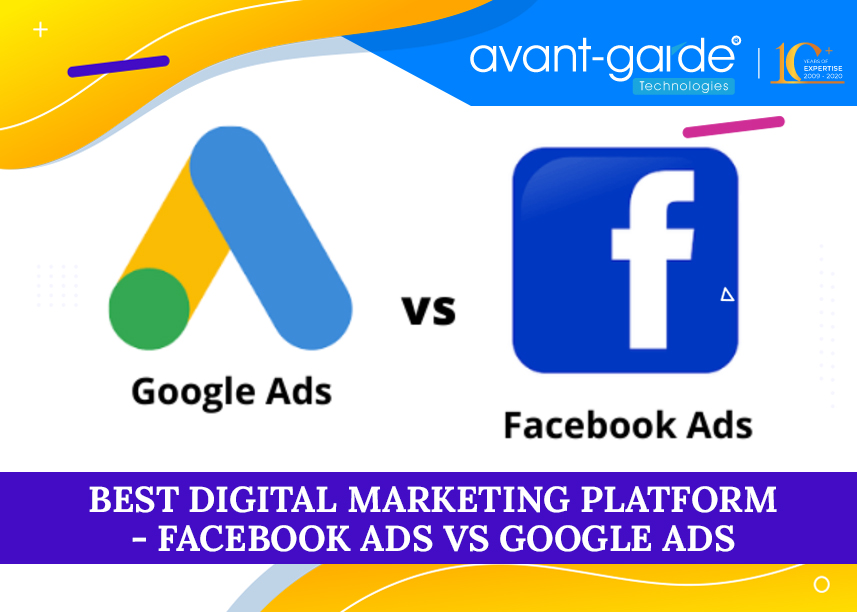
The most common form of roadside advertisement is the sign that you see on the side of the road. They can be distracting to drivers and could affect their driving behaviour. These signs can be divided into two kinds: static and changing. These signs have a negative effect on driving behavior.
Despite their widespread use in public places, there is little empirical evidence about the impact of advertising signs on road traffic safety. However, several studies have focused on key human factor variables that relate to roadside advertising.
Roadside advertising can have a number of influences on risk factors, including the physical characteristics of the signs, speed at which they change, information displayed and presence of humans. All these variables influence the drivers' attention. This is dependent on the behavioural characteristics, psychological, and physiological resources of the driver.

Younger drivers who have never driven before are more likely spend their attention on roadside advertisements than those with more experience. Their ability to discern between relevant information and irrelevant information is also lower. They are more susceptible to distraction.
The Task-Capability Interface model (TCI), is one method to study the effect of roadside advertising on driving behavior. To explain the relationship between environment and vehicle, this model incorporates both the vehicle and the environment. According to TCI's model, drivers pay more attention if there is a change in the appearance of roadside signage. Changes in the amount of information displayed, the number of signs, and the number of images sequentially displayed are all considered transient factors.
The interaction with a roadside sign caused drivers to have a lower performance. Studies found that these decrements were greatest in young drivers. The sign's presence with a human seemed to increase distraction.
Researchers have also studied the impact of different roadside advertising technologies on driver behavior. In Israel, one study compared billboard removal to restoration to determine if it had an impact on the driving habits of drivers. Another study looked at the impact of digital advertisements on the way drivers drove.

Although the roadside advertising industry recognizes road safety's importance, they do not have to ensure that their products are safe. It is imperative that research be conducted on a wide range road users. These studies must also include pedestrians.
While it is crucial to analyze the effect of roadside advertisement on driving, it also important to account for human factors that can affect driving. It isn't always possible to do this in a systematic manner.
The relationship between roadside ads and drivers' behavior can be complex. You can think of roadside advertising as an environment clutter. It can be hard to determine its effects.
FAQ
What is branding?
Your brand is the way you express who you are and what your stand for. It's how you make people remember you when they hear your name.
Branding is about creating a unique identity that distinguishes your company. A brand is not just a logo but also includes everything from your physical appearance to the tone of voice used by employees.
Customers feel more confident buying from your company if they have a solid brand. They know what they're getting. This gives customers the confidence to choose your products over other brands.
Apple is a good example of a company that has a strong brand. Apple's brand is well-known for its stylish design, high-quality products and outstanding customer support.
Apple's brand has become synonymous with technology. Apple is the brand people think of whenever they see a smartphone or computer.
You should think about creating a brand if you are considering starting a business. This will give your brand a personality.
What is an Ad Campaign?
A campaign is a series advertising messages that are designed to promote a product. It can also refer to the whole production of such ads.
The Latin word for selling is "ad." Marcus Terentius Varro (116–27 BC) was the first person to use it. It meant "to sell".
Advertising campaigns are usually done by large companies and agencies. Advertising campaigns can involve many media types, such as television, radio, print, and the internet.
Advertising campaigns typically last for several months and have specific goals. One example is that some campaigns seek to create awareness while others are more focused on increasing sales.
How much does it cost for social media advertising?
If you decide to go this route, you should know that social media advertising is not free. You will be charged monthly depending on your time on each platform.
Facebook - $0.10 per 1,000 impressions
Twitter - $0.20 for 1,000 impressions (if tweeting)
Linkedin - $0.30 per 1,000 impressions if you send out invitations
Instagram - $0.50/1000 impressions
Snapchat – $0.60 per 1,000 impressions ($0.40 for each user)
YouTube - $0.25 for 1,000 views
Tumblr: $0.15 per 1,000 impressions of text posts
Pinterest - $0.05 per 1,000 impressions per month
Google + $0.15-$0.20 for 1,000,000 impressions
Tumblr: $0.15-$.20 per 100,000 impressions
Vimeo - $0.20- $0.25 per 10,000 impressions
Soundcloud – $0.20-$0.25 for 1 million plays
StumbleUpon - $0.20 -$0.25 per 1 billion pageviews
Digg - $0.20- $0.25 for 1000 diggs
Reddit – $0.20-$0.25 Per 1000 Comments
Wordpress - $0.20--$0.25 per 500 comments
Flickr - $0.20 -- $0.25 per 5,000 photo uploads
What is affiliate Marketing?
Affiliate marketing can be described as an online business model. You earn commissions by referring customers who purchase products and/or services on other websites. If someone buys from your product, you get paid by the owner.
Referrals are the basis of affiliate marketing. To get people to buy from your affiliate marketing, you don't have any special requirements. All you need to do is refer them to the website.
It's possible to make money with no selling. It's just as easy to sell as it is to buy.
You can even set up an affiliate account in minutes.
The more people you refer, the more commission you will receive.
There are 2 types of affiliates.
-
Affiliates who own their websites
-
Affiliates working for companies offering products or services.
What is an advert buyer?
An advertiser purchases advertising space on TV, radio or print media.
Advertisers are charged for the time their message will appear.
They are not necessarily looking for the best ad but rather what is most effective at reaching their target market.
Advertisers might have certain demographic information about potential customers. This could include age, gender income level, marital status and occupation as well as hobbies, interests, and so on.
This information can be used by advertisers to decide which media works best for them. An example is direct mail that appeals to older people.
Advertisers also evaluate the competition. If there are similar businesses nearby, they might choose to place their ads near those competitors.
Advertisers should also consider the budget they have and how long they plan to spend it before it expires.
What are the basics of internet advertising?
Internet advertising is a key part of any business strategy. It allows companies reach potential customers at a very low cost. However, there are many different types of internet advertising available. Some are completely free while others require payment.
You can also advertise online using banner ads, pop up ads, search engine optimization, pay-per-click advertisements (PPC), social media marketing (e-mail marketing), and mobile marketing. Each method has its pros and cons.
What is the primary purpose of advertising?
Advertising is more than selling products. It's about building an emotional connection with your customers.
Advertising is about communicating your ideas and values to people who already care about what you have to say. Advertising is about changing minds and attitudes. And it's about building relationships.
It's all about helping people feel good.
You can't sell to your customers if you don’t know their needs.
You must first get to know your customer before you can start advertising projects.
Then you can design ads that will resonate with them.
Statistics
- It's 100% reliant on your website traffic. (quicksprout.com)
- Google will display whichever ad type (CPM or CPC) is expected to earn more revenue for the publisher, which is in Google's best interest since they take a 32% share of the revenue. (quicksprout.com)
- Nonetheless, advertising spending as a share of GDP was slightly lower – about 2.4 percent. (en.wikipedia.org)
- Advertising spending as a share of GDP was about 2.9 percent. (en.wikipedia.org)
External Links
How To
How do I advertise on Google?
AdWords allows companies to purchase ads based on specific keywords. Set up your account first. The first step is to choose a campaign title, budget, ad type (text/image, video), and keywords. You then bid on these keywords. Clicking on an advertisement will only result in you being paid if the click is from someone who searched one of your targeted keyword phrases. This way, you get paid even when people don't buy anything.
Google has many tools available to make sure your ads are effective. These tools include Ads Preferences Manager and Keyword Planner. These let you determine which strategy is best for you business.
A keyword planner helps you determine which keywords to use for your campaigns. You can also see how competitive certain keywords are, which will help you decide whether to spend money bidding for them.
Ads Preferences Manager allows you to modify settings like the maximum number impressions per day, and the minimum cost of each click.
Analytics allows you to track and compare the performance of your ads with those of other advertisers. You can also view reports that show how well your ads compared to others.